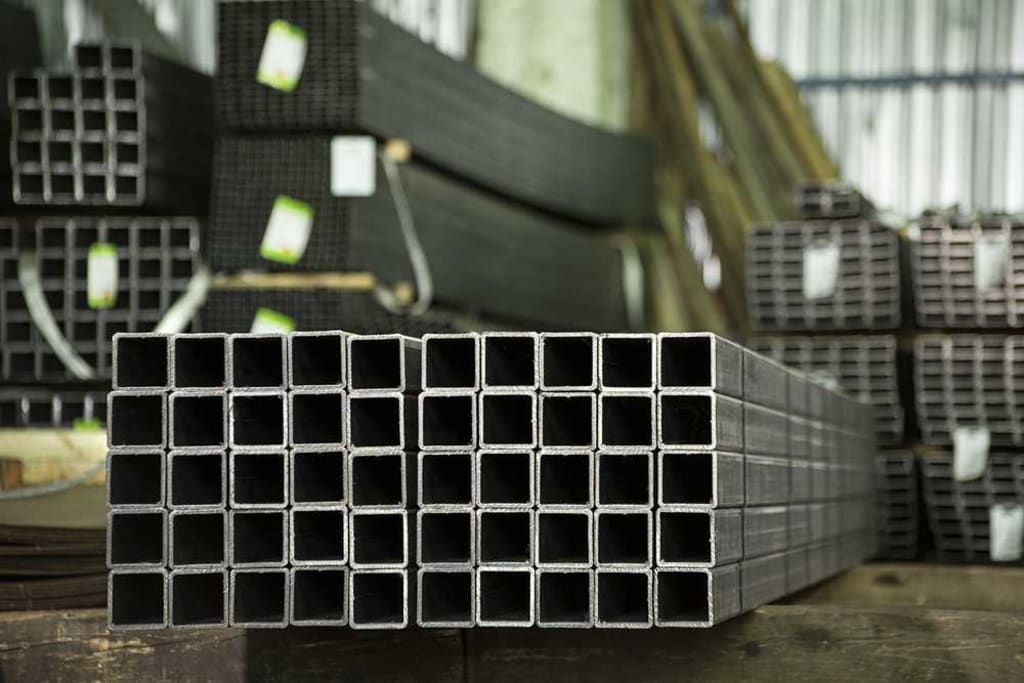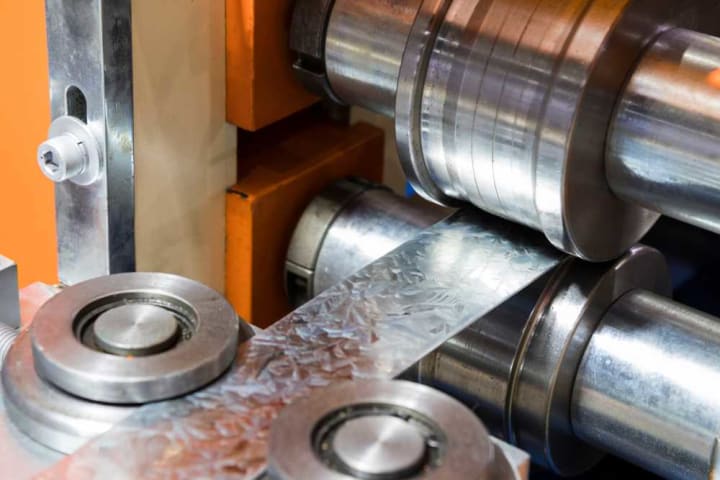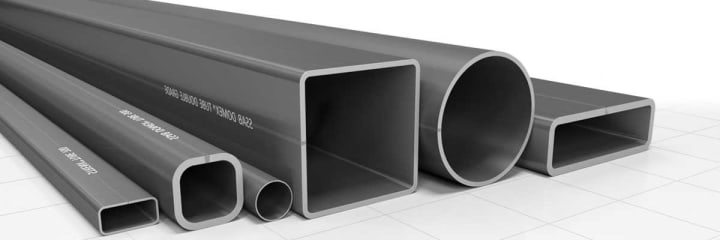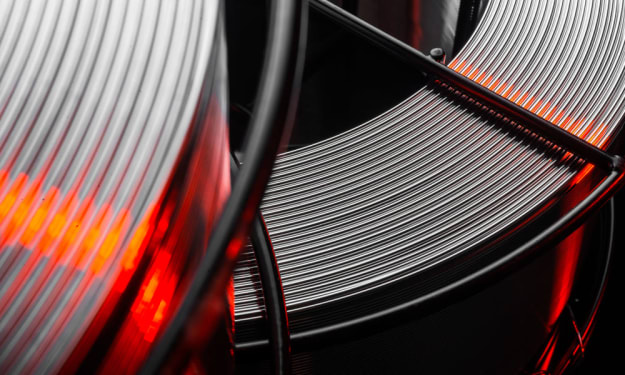Hollow Section Pipe: A Comprehensive Guide
Hollow section pipes are a versatile and widely used type of pipe that can be found in a variety of applications, from construction and engineering to furniture and automotive manufacturing.

What are Hollow Section Pipes?
Hollow section pipes are essentially tubes with a hollow center. They are typically made from cold-formed steel, which gives them a high strength-to-weight ratio. This makes them ideal for applications where weight is a major concern, such as in aircraft construction.
What are the benefits of using hollow section pipes?
There are many benefits to using hollow section pipes, including:
- High strength-to-weight ratio: Hollow section pipes are very strong for their weight, which makes them ideal for applications where weight is a major concern.
- Good torsional rigidity: Hollow section pipes have good torsional rigidity, which means that they are resistant to twisting. This makes them ideal for applications where twisting forces are present, such as in vehicle frames.
- Excellent weldability: Hollow section pipes are easy to weld, which makes them a versatile material for a variety of applications.
- Good corrosion resistance: Hollow section pipes are typically made from corrosion-resistant materials, such as galvanized steel or stainless steel. This makes them ideal for use in outdoor applications.
- Variety of shapes and sizes: Hollow section pipes are available in a variety of shapes and sizes, including circular, square, and rectangular. This makes them a versatile material that can be used in a wide range of applications.
What are the applications of hollow section pipes?

Hollow section pipes are used in a wide variety of applications, including:
- Construction: Hollow section pipes are commonly used in construction for framing, roofing, and flooring.
- Engineering: Hollow section pipes are used in a variety of engineering applications, such as bridges, buildings, and machinery.
- Furniture: Hollow section pipes are used in furniture manufacturing for frames, legs, and supports.
- Automotive manufacturing: Hollow section pipes are used in automotive manufacturing for frames, chassis, and exhaust systems.
- Other applications: Hollow section pipes are also used in a variety of other applications, such as scaffolding, handrails, and medical equipment.
How are hollow section pipes made?

Hollow section pipes are typically made by one of two methods:
- Cold forming: Cold forming is a process in which a metal strip is rolled into a tube. The tube is then welded along the seam.
- Extrusion: Extrusion is a process in which a metal billet is forced through a die to form a tube.
What are the different types of hollow section pipes?

There are three main types of hollow section pipes:
- Circular hollow section (CHS) pipes: CHS pipes are the most common type of hollow section pipe. They are available in a wide range of sizes and thicknesses.
- Square hollow section (SHS) pipes: SHS pipes are similar to CHS pipes, but they have a square cross-section. They are often used for applications where aesthetics are important.
- Rectangular hollow section (RHS) pipes: RHS pipes are similar to SHS pipes, but they have a rectangular cross-section. They are often used for applications where strength and rigidity are important.
How to choose the right hollow section pipe for your application

When choosing a hollow section pipe for your application, you will need to consider a number of factors, including:
- The shape of the pipe: The shape of the pipe will depend on the application. For example, a CHS pipe is a good choice for applications where aesthetics are important, while a SHS pipe is a good choice for applications where strength and rigidity are important.
- The size of the pipe: The size of the pipe will depend on the loads that it will be required to carry. For example, a larger pipe will be required for applications where the loads are heavier.
- The thickness of the pipe: The thickness of the pipe will depend on the strength and rigidity required. For example, a thicker pipe will be required for applications where strength and rigidity are important.
- The material of the pipe: The material of the pipe will depend on the application. For example, a galvanized steel pipe is a good choice for applications where corrosion resistance is important.
Conclusion
Hollow section pipes are a versatile and widely used type of pipe that can be found in a variety of applications. They are a strong, lightweight, and durable material that can be used for both structural and non-structural applications. When choosing a hollow section pipe for your application, you will need to consider a number of factors, including the shape, size, thickness, and material of the pipe. With careful consideration, you can choose the right hollow section pipe for your project.
About the Creator
Enjoyed the story? Support the Creator.
Subscribe for free to receive all their stories in your feed. You could also pledge your support or give them a one-off tip, letting them know you appreciate their work.





Comments
There are no comments for this story
Be the first to respond and start the conversation.